In March 2021, Western Australian vanadium explorer, Technology Metals Australia Limited (TMT), signed an agreement with prominent Japanese vanadium redox flow battery (VRFB) R&D company LE System to explore the possibility of manufacturing vanadium electrolyte in Australia. Late last week, the two companies expanded and extended their partnership with plans to build Australia’s first fully integrated vanadium electrolyte plant using vanadium from TMT’s Murchison Technology Metals Project (MTMP).
The updated Memorandum of Understanding (MoU) will see an initial feasibility study prepared to gauge whether TMT’s vanadium product and LE Systems’ proprietary vanadium electrolyte technology can be workably produced in Australia.
According to a statement, the study “will focus on the operating, capital and permitting factors associated with the development of vanadium electrolyte production capacity,” as well as the application of LE System’s technology and suitable locations for multiple vanadium electrolyte plants close to large-scale renewable energy production centres close to Australia’s major populations.
LE System CEO Junichi Sato noted that the market for utility scale storage solutions is expanding rapidly and recognised “the importance of broadening our regional vanadium electrolyte production capacity. We have known TMT for some time and LE System are very pleased to be partnering with such a high quality Australian company to support its downstream processing initiatives.”
TMT managing director Ian Prentice concurred, adding: “We view the downstream processing opportunities for vanadium from the MTMP as important for both the future demand of vanadium but also as key to addressing climate change.”
“TMT plans to build Australia’s first fully integrated mine to battery vanadium electrolyte plant,” Prentice continued, “working with an exceptional global partner, LE System, a leader in the VRFB industry.”
TMT’s Gabanintha Vanadium Project
Technology Metals Australia’s (TMT) primary exploration focus is a project called the Gabanintha Vanadium Project (GVP), located 40 km south east of Meekatharra in the mid-west region of Western Australia. It seeks to develop a processing technique to produce high purity vanadium pentoxide, with the goal of becoming one of the world’s largest single primary vanadium producers, catering to the rapidly expanding flow battery market as well as steel markets.
Vanadium redox flow batteries
Vanadium redox flow batteries (VRFBs) are rechargeable flow batteries which use vanadium in different oxidation states to store energy. Far from a new technology, flow batteries have enjoyed a resurgence of attention as an energy storage solution driven by the fact VRFBs are non-flammable, offer virtually unlimited cycling without degradation and are easily scalable.
This content is protected by copyright and may not be reused. If you want to cooperate with us and would like to reuse some of our content, please contact: editors@pv-magazine.com.
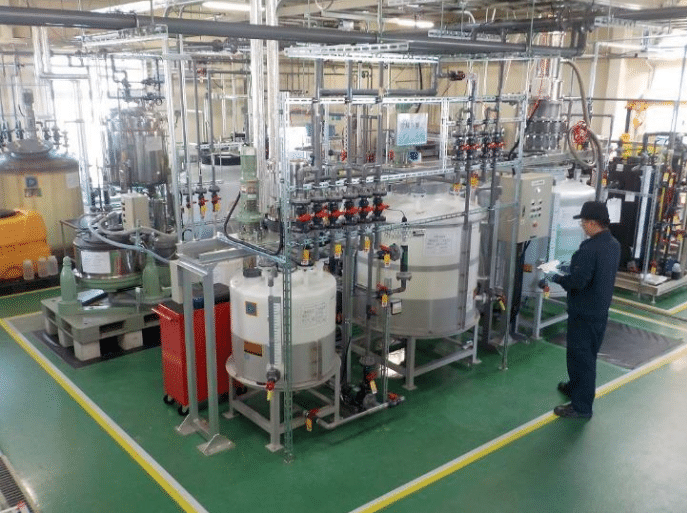
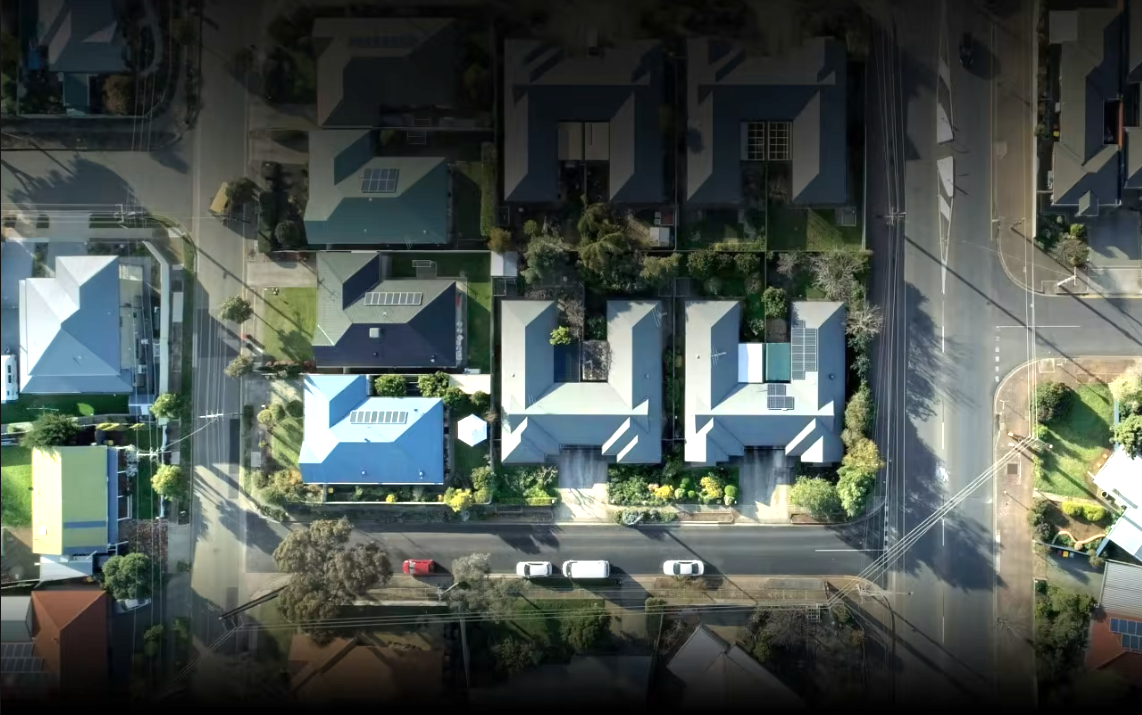


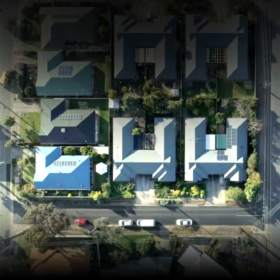
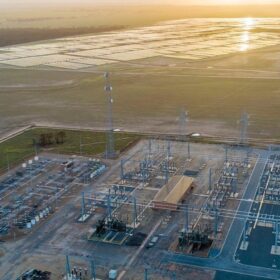
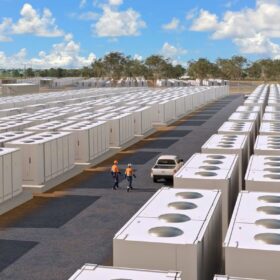
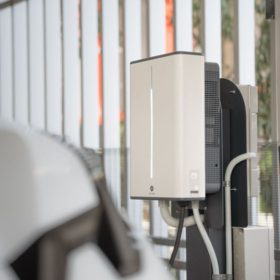

1 comment
By submitting this form you agree to pv magazine using your data for the purposes of publishing your comment.
Your personal data will only be disclosed or otherwise transmitted to third parties for the purposes of spam filtering or if this is necessary for technical maintenance of the website. Any other transfer to third parties will not take place unless this is justified on the basis of applicable data protection regulations or if pv magazine is legally obliged to do so.
You may revoke this consent at any time with effect for the future, in which case your personal data will be deleted immediately. Otherwise, your data will be deleted if pv magazine has processed your request or the purpose of data storage is fulfilled.
Further information on data privacy can be found in our Data Protection Policy.